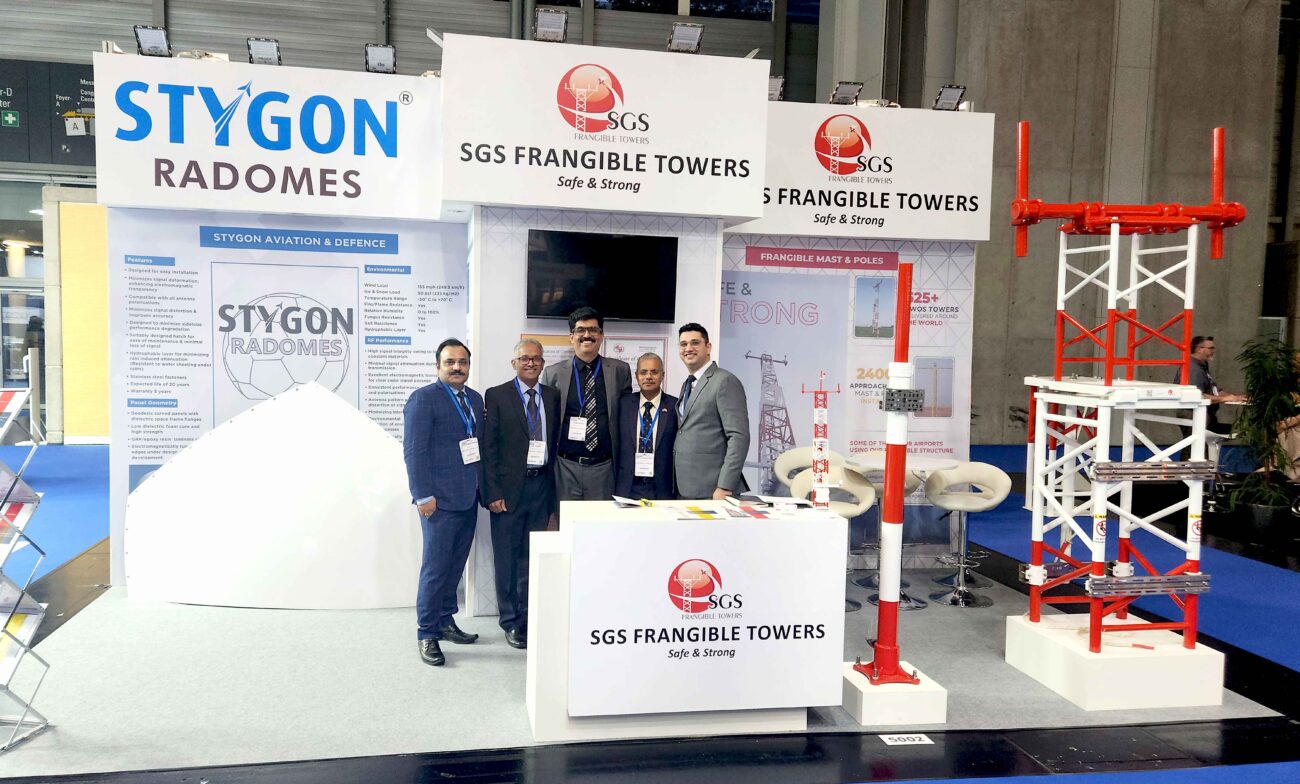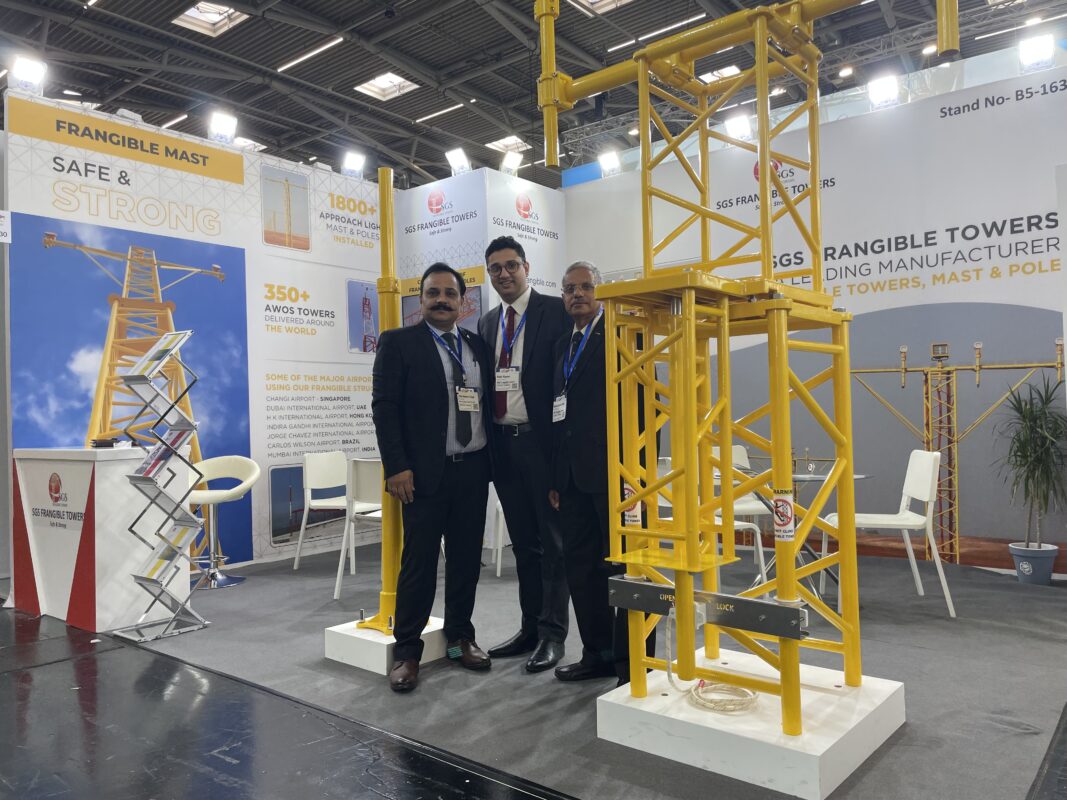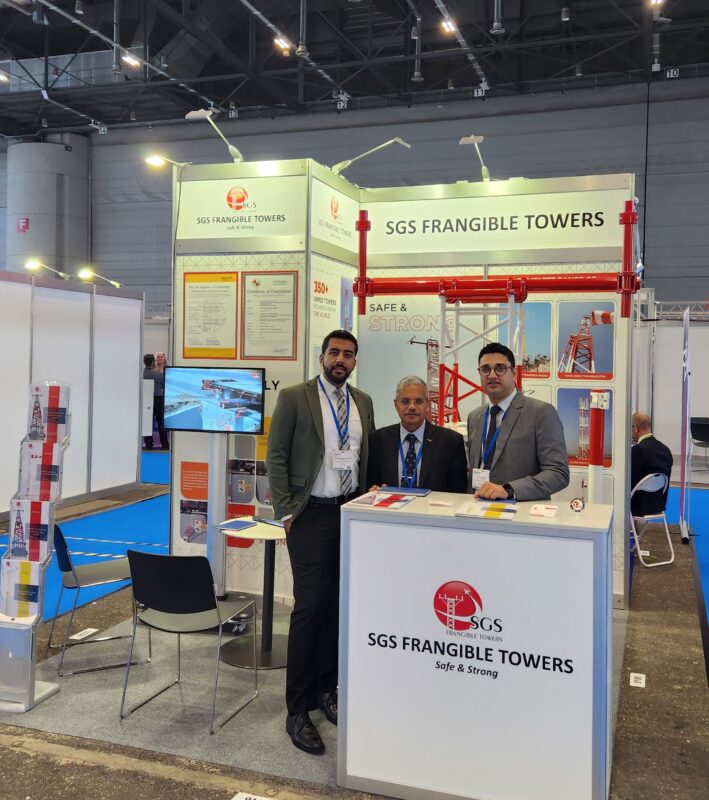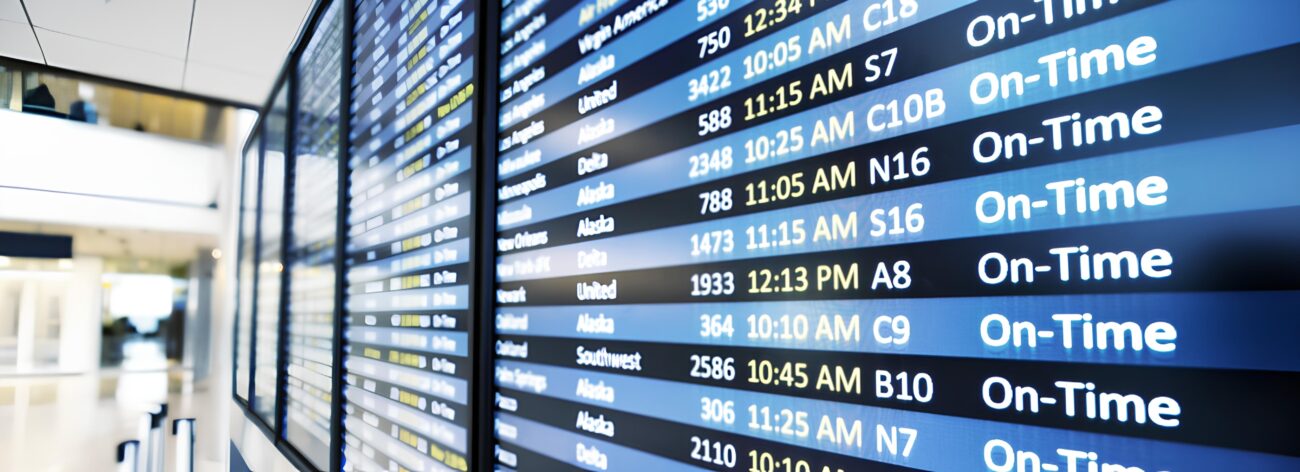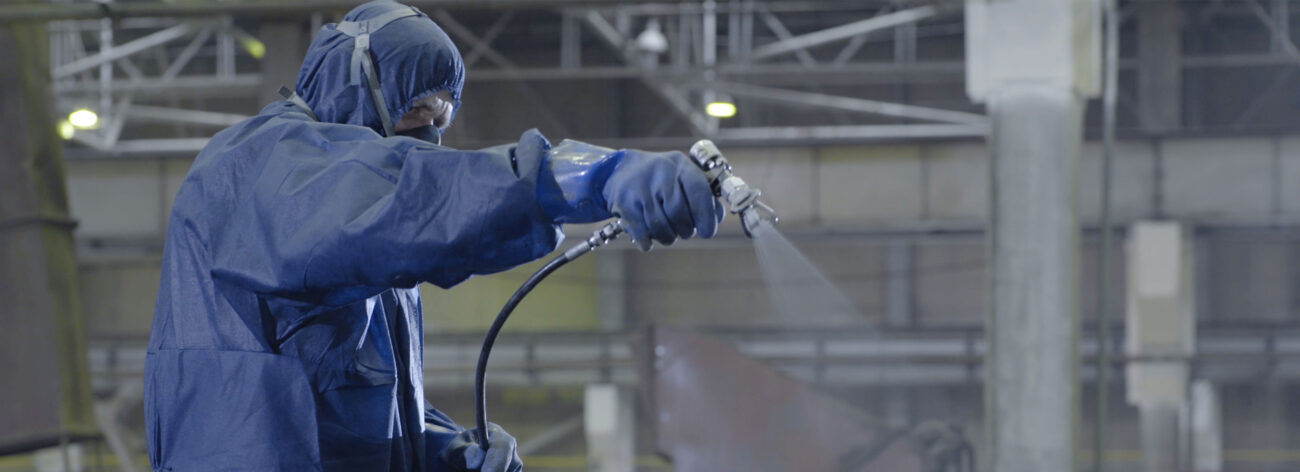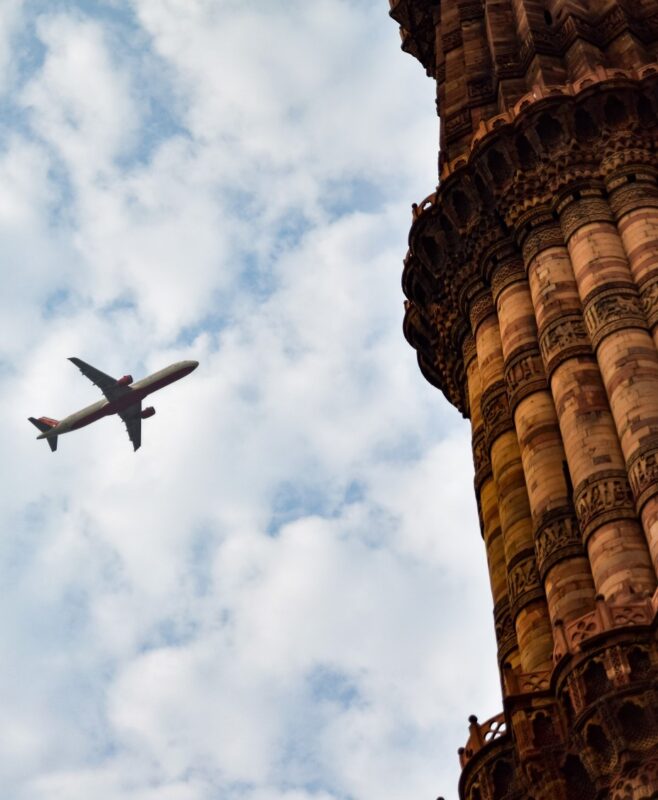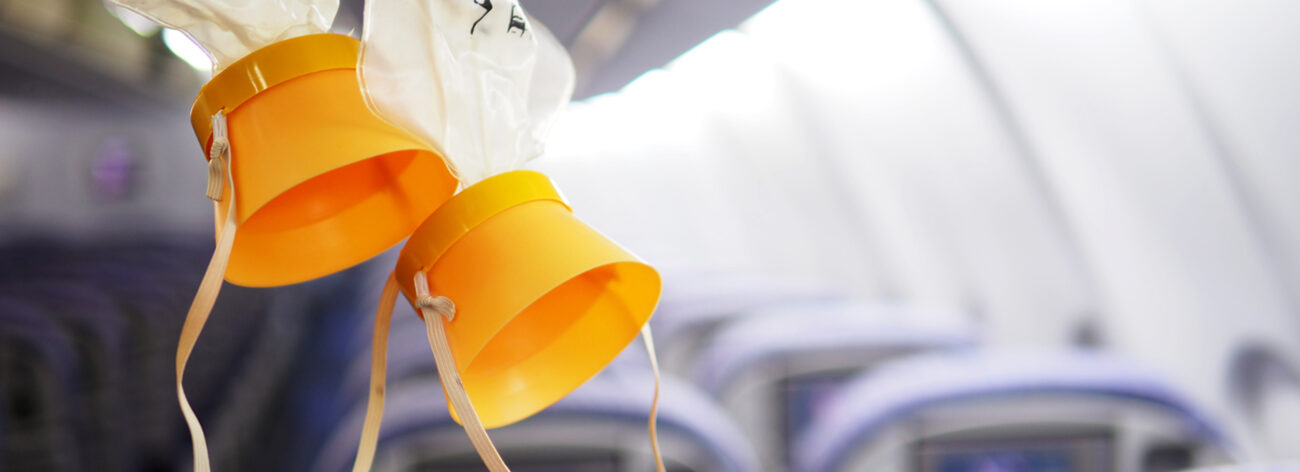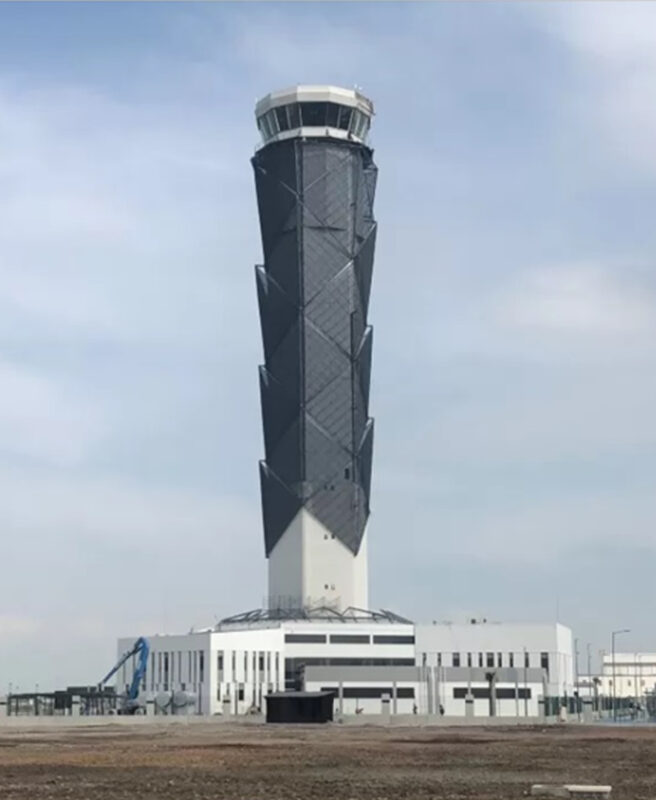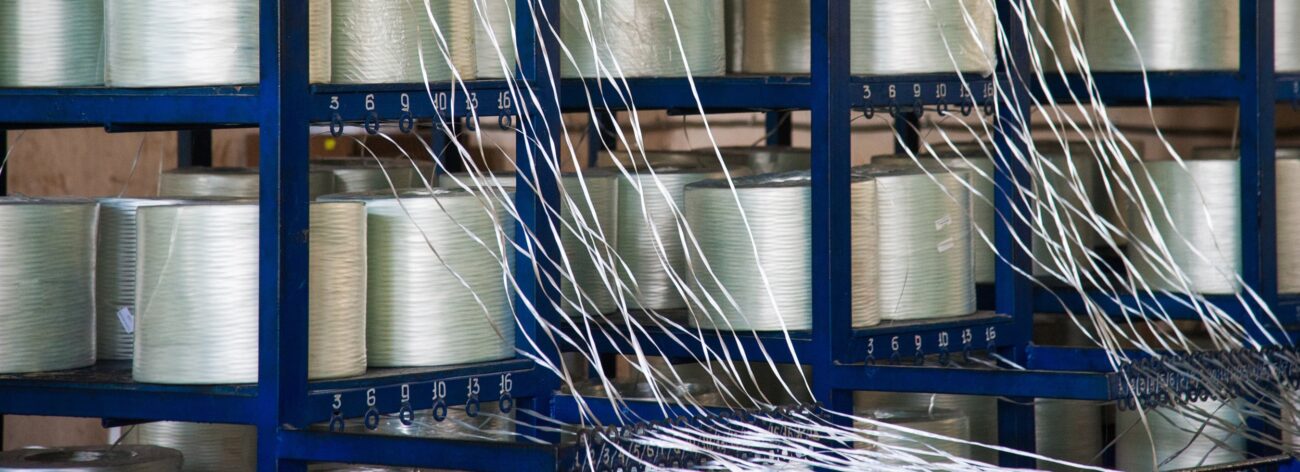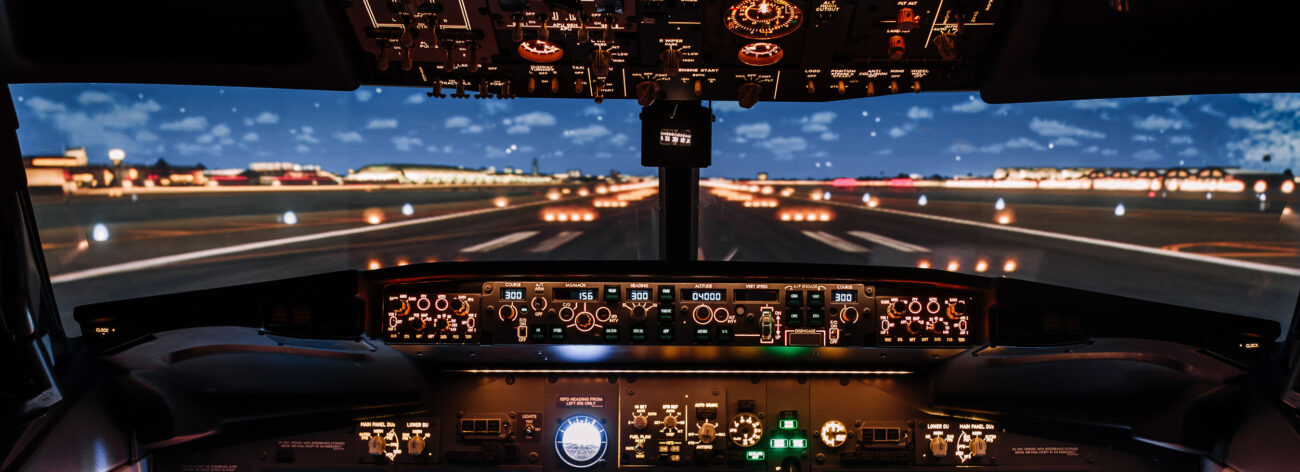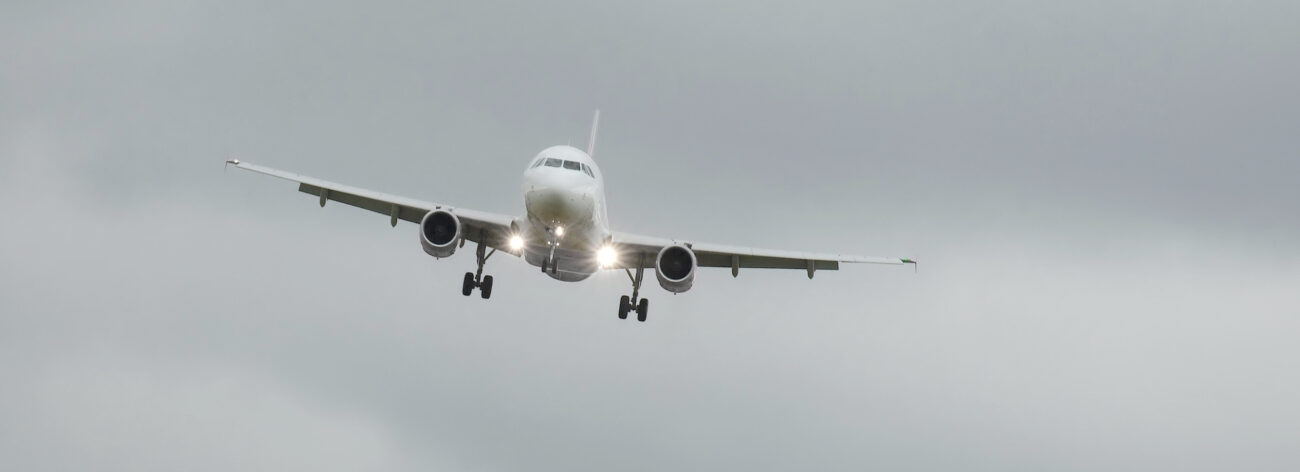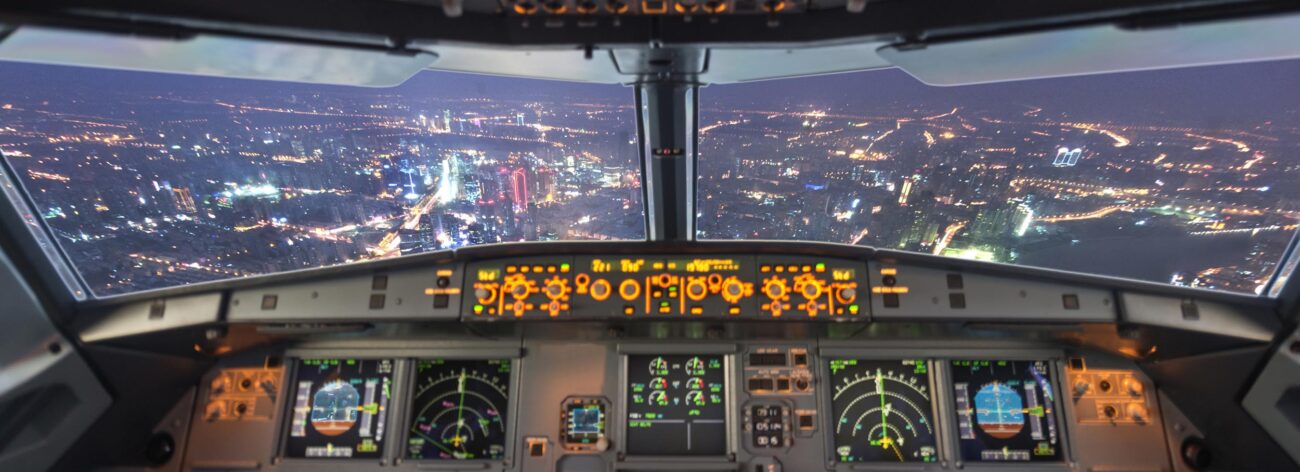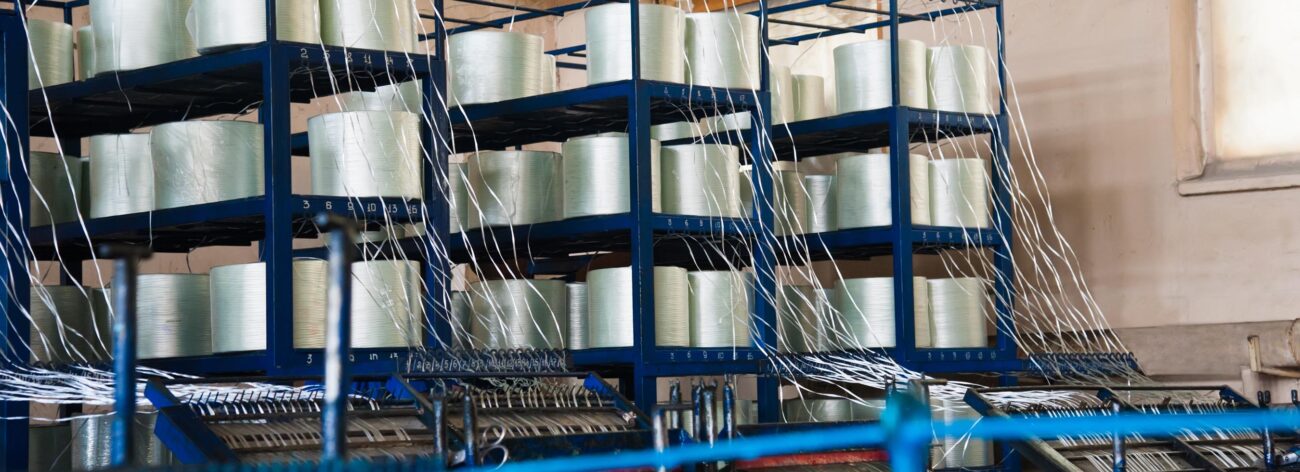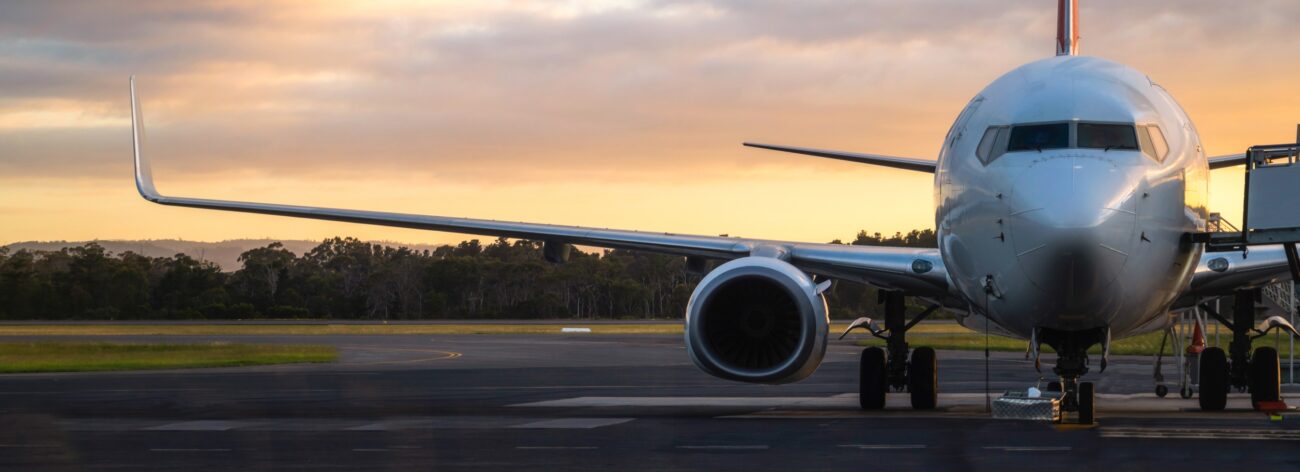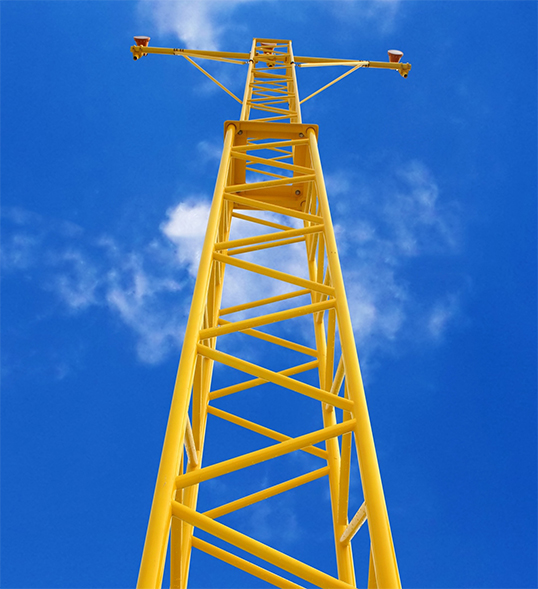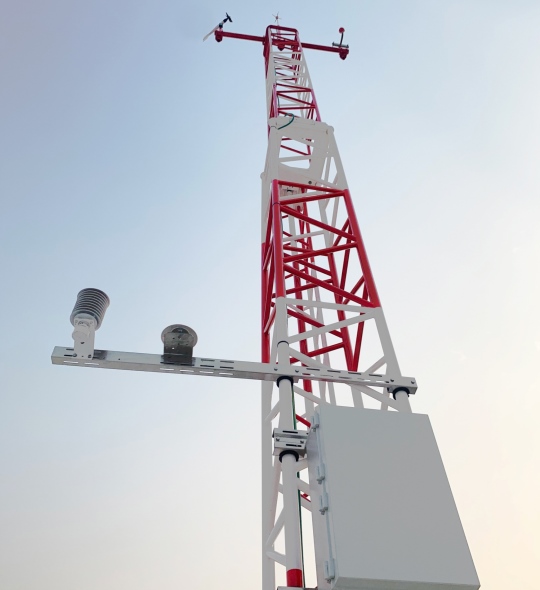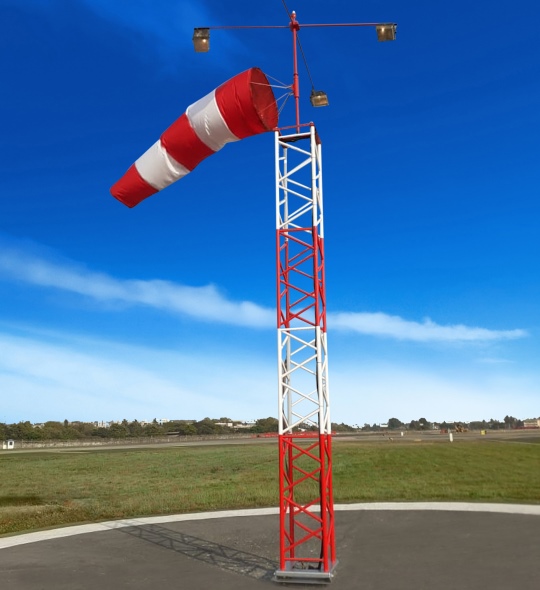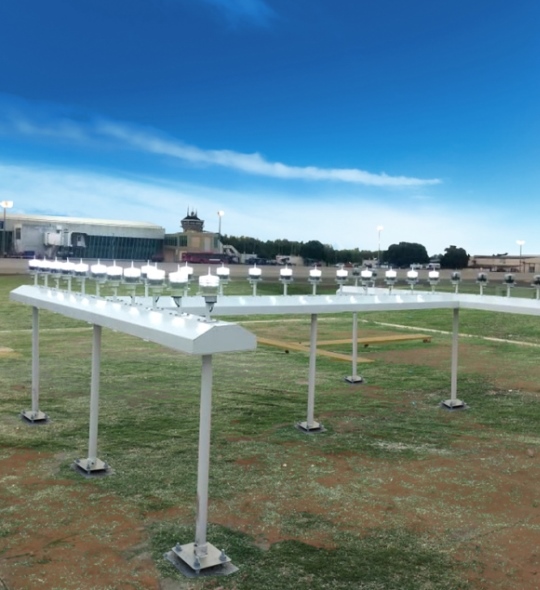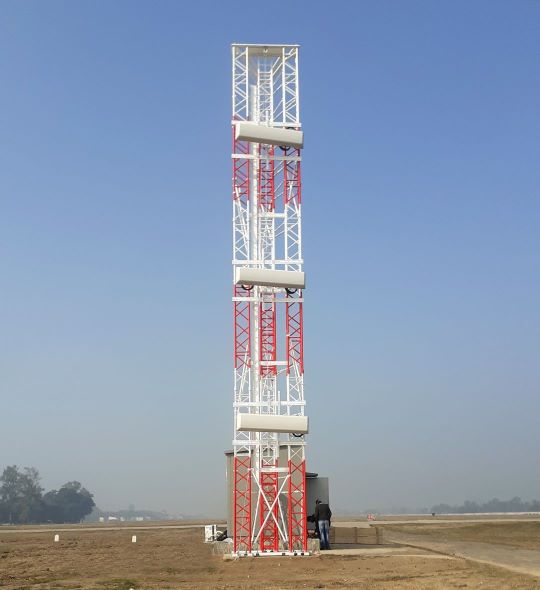02 Mar 2023
Why frangibility of airport runway structures matter so much?
Why frangibility of airport runway structures matter so much?
Fatal and dangerous airline accidents can occur during any phase of flight, no doubt about that but as per the available facts majority of them have taken place during two phases only, either – the arrival phase or the departure phase. Reason being, during these phases, aircrafts are close to the ground and are in a more vulnerable configuration in comparison to the other flight phases. Therefore, frangibility is a great concern for airports specifically when it comes to considering various aids –visual and non-visual that are located near taxiways, aprons and runways.
Which airport structures live on frangibility the most?
For a range of different mast heights, it is essential to verify the stability and frangibility of an approach lighting system to ensure that it will perform as expected in an airport environment. Apart from this, the frangibility and stability of tall support structures also matter as it has strict allowed deflection tolerances for lighting, navigational aids and meteorological equipment. Even though the lighting tower should be strong enough to resist strong wind speeds, it must be frangible too as most of the frangible structures cannot remain stable if they are taller and would require non-frangible bases in order to remain stable. So, frangibility plays an essential role along with stability in the airport structures.
How frangibility gets ensured in these structures?
Scientifically, a frangible structure should be designed in such a way that it is able to withstand wind – static and operational along with jet blast loads with a good factor of safety. However, a condition that ensures that it should break, distort or yield when subjected to the sudden collision forces imposed by a 3000-kg aircraft airborne while moving on the ground at 140 km/h (75 kt) should be fulfilled. There are some more specific requirements mentioned by the aforesaid bodies while considering frangibility of airport structures which are as follows –
- Force of the support structure on the colliding aircraft should not be greater than 45 Kn.
- At the collision, the maximum energy required to break the mast should not exceed 55 kJ.
- The failure mode of the support structure should be windowing, bending or fracture so that it can allow the aircraft to pass.
- The impacted structure should offer passage of the aircraft in such a way that it is able to achieve a less dangerous and successful missed approach, take-off or landing.
- Designer should ensure the points of disconnection so that segmentation is not hindered. So, for that the supporting structure and the light fitting should be considered for establishing frangibility of the system as a whole along with a consideration to cabling.
- The support structure may fragment into several components upon impact with a consideration that the mass of these components should be kept as low as possible with an assurance that their manner of release should not cause a secondary hazard to the aircraft.
Frangible Airport Solutions by SGS Frangible
Having provided frangible solutions to renowned airports, SGS Frangible Towers has been at the forefront of meeting ICAO and FAA requirements. As flying has been one of the safest methods of transport, it demands a constant vigilance in order to maintain high safety standards.


